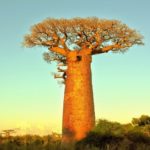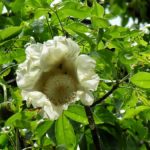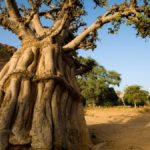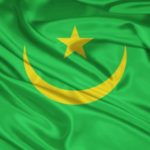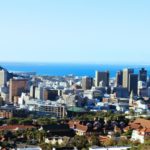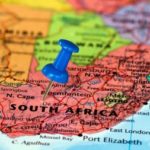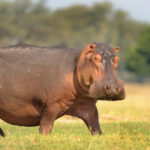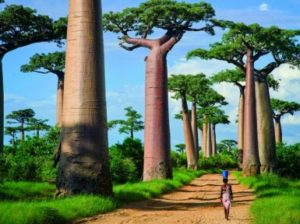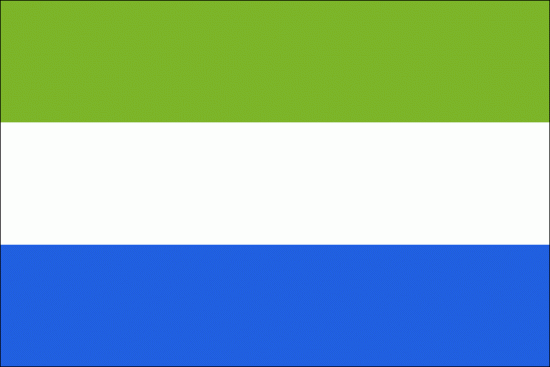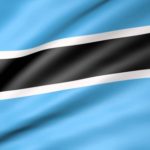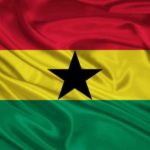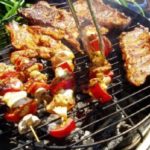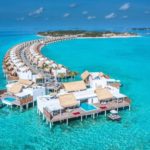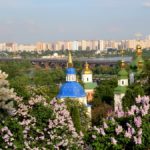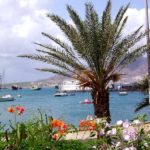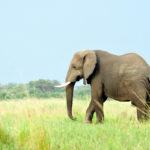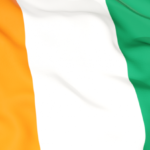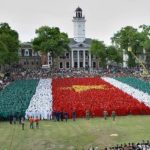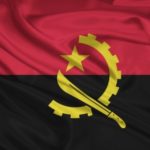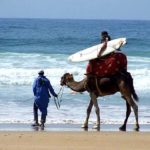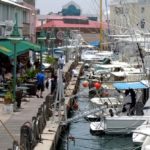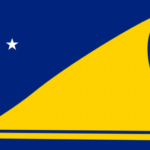Interesting facts about Senegal
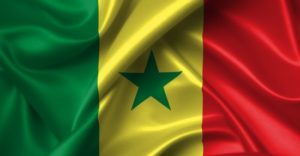 Senegal is a small West African state. Once these lands, like almost the rest of Africa, were under the control of the European colonialists, as a result of which local culture was partially ousted. However, after the acquisition of independence by Senegal, local traditions and customs have become stronger, and it should be noted that some of them are very unusual and curious.
Senegal is a small West African state. Once these lands, like almost the rest of Africa, were under the control of the European colonialists, as a result of which local culture was partially ousted. However, after the acquisition of independence by Senegal, local traditions and customs have become stronger, and it should be noted that some of them are very unusual and curious.
The national symbol of Senegal is the baobab – these trees can not be cut down, and even climbing on them is prohibited without special permission. Baobab is widely used in local cuisine, the most popular is ruby red juice from its fruits.
Senegalese cuisine is considered one of the best among African countries, and is gradually gaining popularity around the world.
Food Senegalese are served not in plates, but on special boards with hollows hollowed out in them.
The country derives its name from the river Senegal, flowing to the south of its territory.
In Dakar, the capital of Senegal, in 1964 was built the Great Mosque, to enter into which only Muslims are entitled.
In the capital, the world-famous Paris-Dakar rally finishes every year.
On the island of Ile de Gori, located near Dakar, there is a carefully reconstructed slave market, which was erected in 1786, and now is a museum of African culture and folklore.
In the oldest city of Senegal, St. Louis, there is a unique Muslim cemetery, where all the places between the graves are hung with fishing nets.
Senegal has a national motto: “One people, one goal, one faith.”
Senegal is a country with a young population, the majority of citizens (58%) have not yet reached the age of 20.
Senegalese love to drink tea with mint, the first cup is very strong, a few more spoons of sugar are added to the second, and the third is simply unbearably sweet for people unaccustomed to such tea. Local residents also prefer to drink coffee with cloves and pepper.
There are almost no large animals, in addition to antelope, in Senegal, all of them were exterminated.
After gaining independence in 1960, all Europeans were expelled from Senegal. Since there are very few educated people among the local population, this step led to the collapse of industry and agriculture. The country still lives mainly due to humanitarian aid from abroad.
The national sport is the so-called “Senegalese wrestling”, or Laamb – this kind of martial arts is a mixture of traditional wrestling and fisticuffs. Traditionally, it was used so that young people could show their strength and dexterity, and thus find themselves a pair.
In Senegal, there is a bright pink lake Retba – water, the salinity of which reaches 40%, has an unusual color due to the microorganisms living in it. The salt content in the lake is 1.5 times higher than in the Dead Sea.
On the territory of Senegal are ancient burials, which date from the XI-XII centuries. They are decorated with unusual stone circles, consisting of 10-24 columns up to 250 centimeters high. Scientists have not yet come to a common opinion about why these amazing rings were needed.
Almost all Senegalese vegetation is concentrated in the territory of the oldest national park – Niokola-Koba.
In Senegal, there is the fishing village of Joal Fadiat, half of which is on land, and the second is on the island from seashells mined by local fishermen.

